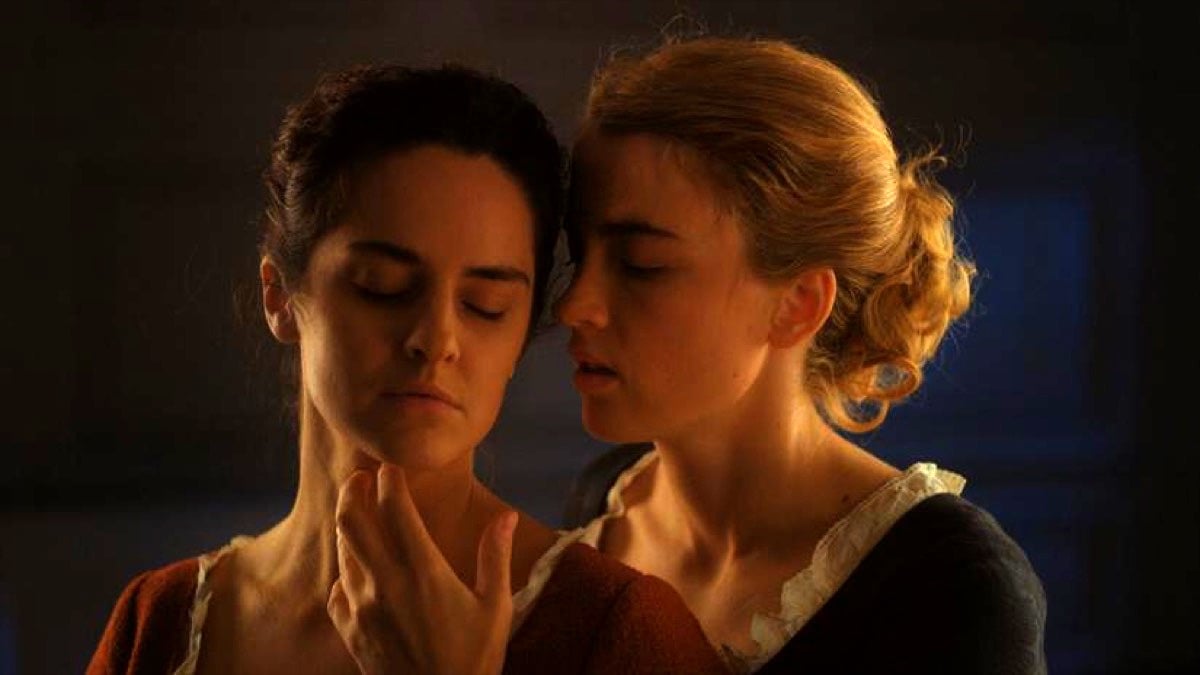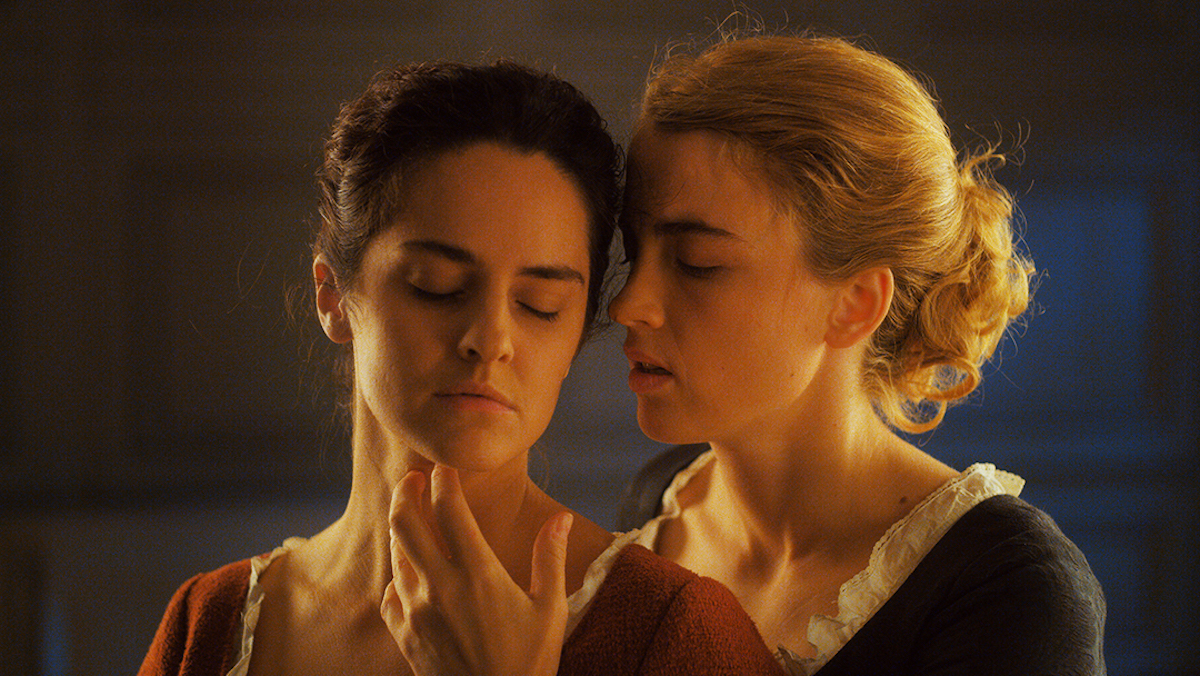
Out of the way, losers. The gays are coming through.
We’re sick of being the butt of jokes. The side characters. The ones that die first. The ones that die offscreen. The ones that don’t even get the chance to die because we weren’t even in the movies in the first place. We want to be the stars of the movies, and we wanna confuse the hell out of Mike Pence while we do it.
It’s coming. A new day is dawning. A glorious gay sun is rising in the east. The future is now, and thank fuck we’re doing it. We’re getting there. We’re clawing our way into the mainstream and someday we will sit atop the mountain of pop culture, laughing and weeping at how far we’ve come. There shall come a day when I don’t have to write “Best LGBTQ+ Movies” articles because we’ll be in every movie. Pride month will be every month. And people will be allowed to love who they want to love and be who they want to be in a glorious LGBTQ utopia that shall usher in a new era of peace and gay prosperity.
And no, I’m not being facetious. I actually do believe that this will happen someday. Not in my lifetime, but sooner than I think.
And so to celebrate the upcoming Rainbow Age of Cinema, I’m making a list of all the best LGBTQ movies that walked so the future of gay film could fly.
Let The Right One In
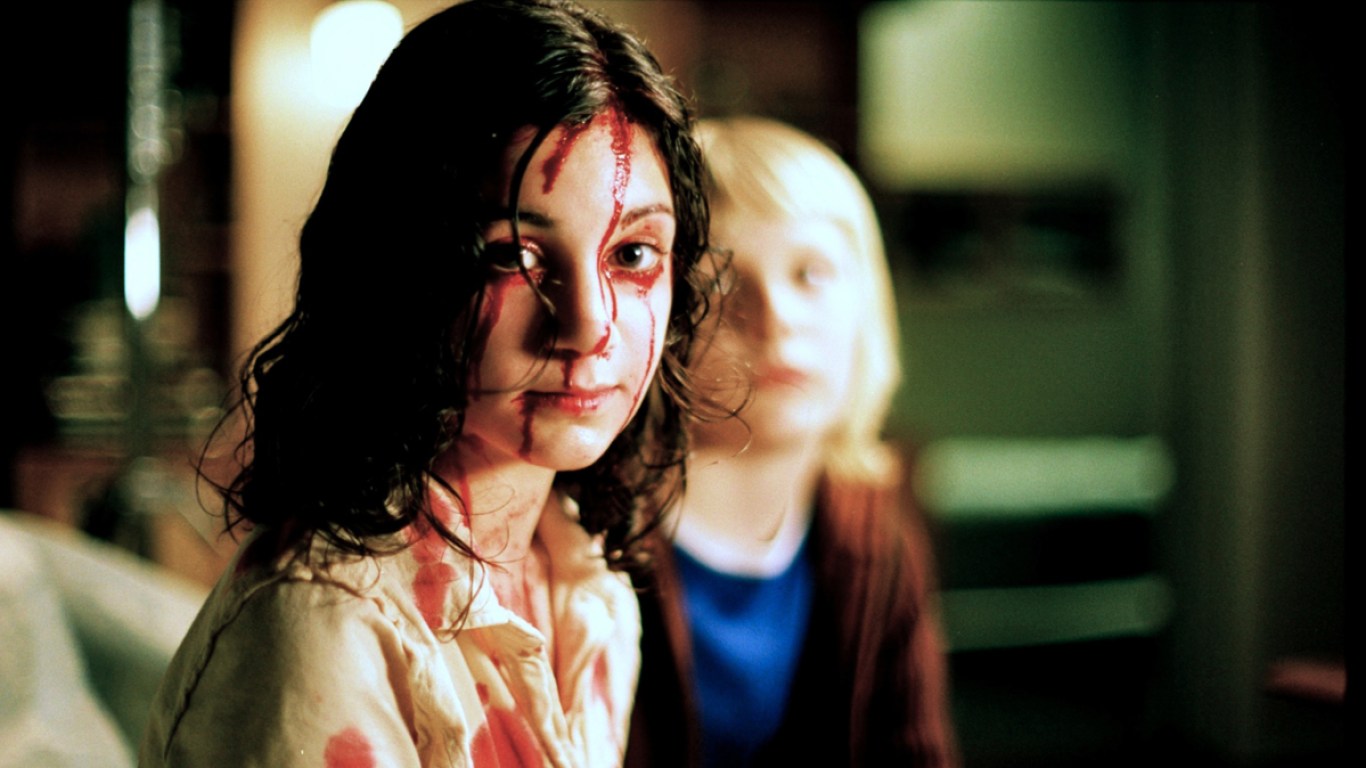
This film is one of the finest queer horror stories in existence. Billed as a “romantic horror,” the film centers on a shy 12 year old boy named Oskar, who forms a relationship with an adolescent vampire of indeterminate gender named Eli. The boy and his vampire paramour do all sorts of romantic things together! Like killing people! Well, Eli kills people. Oskar isn’t really a fan, but will defend Eli from the people who are trying to hunt the vampire down. The film is a gorgeous portrayal of friendship and first love, and features one of the sweetest and simultaneously horrifying endings in cinematic history.
Portrait of a Lady On Fire
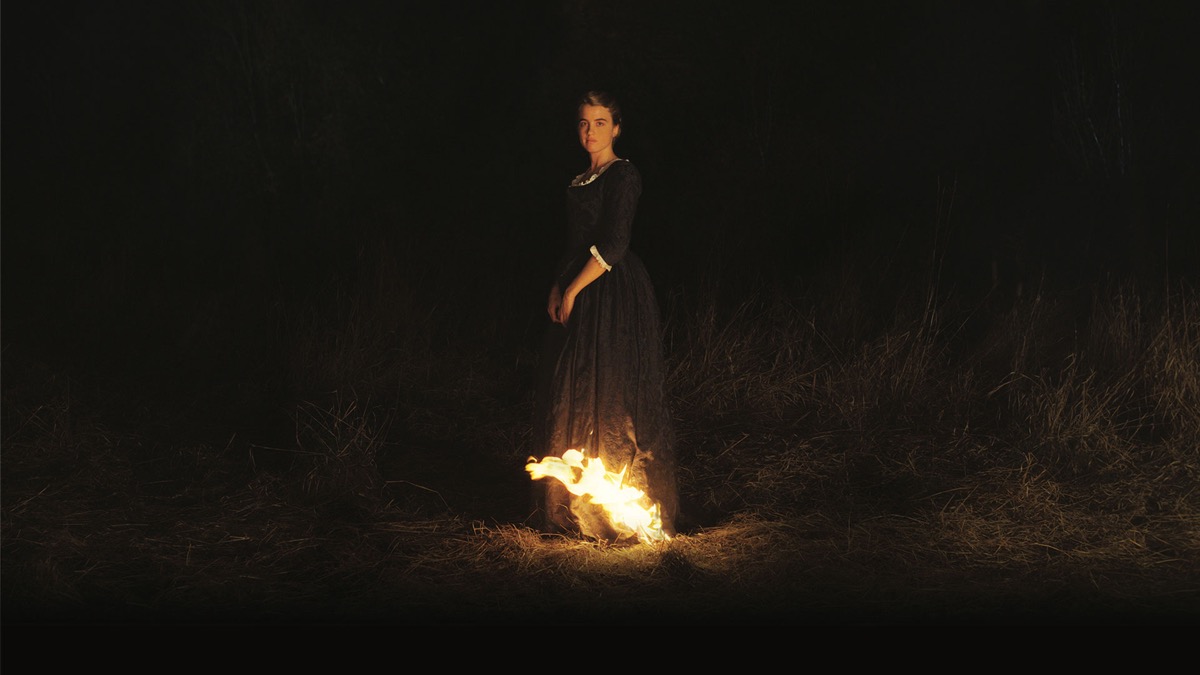
My god, the female gaze piping hot in this film. It’s a movie set in the 18th century about a young painter named Marianne, who is commissioned to paint a noblewoman named Heloise before the latter is married off to some schmuck. As Marianne starts painting Heloise, the two begin to develop feelings for each other. And lord, the painting sequences before they actually get together are kind of the best part? They spend all day gazing at each other, painter and subject, observer and observed. They get to know each other so well that they know exactly how the other is feeling based on the minute movements of their face. It’s witheringly romantic.
In a world where the emotions of women are ignored and denigrated, watching these two women find solace, comfort, and understanding in each other is beautiful to behold. It’s also deeply erotic. Go outside and stare at someone for five minutes without breaking eye contact. If they don’t run away screaming, odds are they’re probably going to fall madly in love with you. One could argue that prolonged observation of another person while they observe you is more intimate than sex itself. In the bedroom, you can always close your eyes and turn the lights out. In the cold light of day, someone looking straight into your soul through your eyeballs makes you more naked than you ever thought you could be.
Paris Is Burning
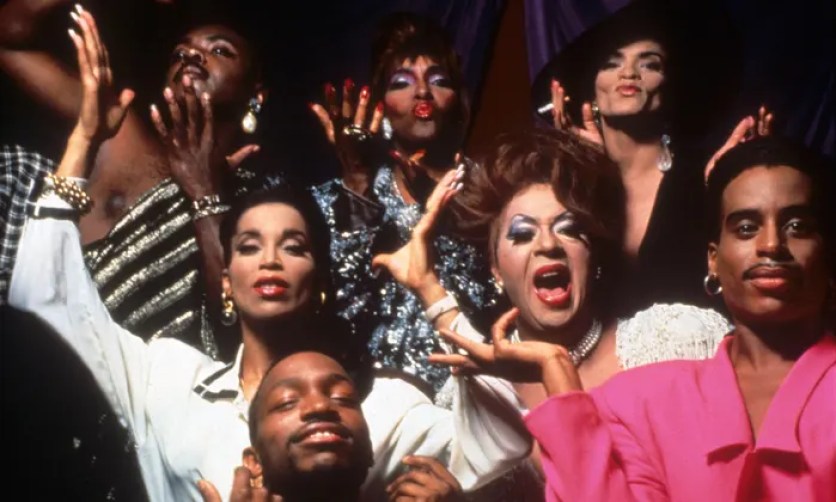
This documentary is an invaluable exploration of the Golden Age of ball culture that was pioneered by Black and Latinx LGBTQ communities in New York City in the 1980s. It features interviews with many of the most influential performers of the time, who offer insight into their lives, relationships, struggle to succeed in what they describe as a “rich, white word.” The film explores how members of the ball community deal with homophobia, racism, the AIDS epidemic, homelessness, and poverty. While the film doesn’t pull punches in showing the grim reality of the world of its subjects, it also speaks as a testament to their strength, tenacity, and sense of humor in the face of hardship.
Angels In America

Angels In America is a movie in the way that The Irishman is a movie, it’s over four hours long. It’s technically a miniseries, but technically the word “technically” is something that only douchebags use to disqualify things. Adapted from the Tony Award winning stage play by Tony Kushner, the story is a self described “Gay Fantasia On National Themes” that were prevalent in the late 1980s and early 1990s. With all an all star cast including Al Pacino and Meryl Streep, the film explores the AIDS epidemic, the fraught relationship between left wing and right wing politics, capitalism, and organized religion. The film also features an angel with eight vaginas that bursts through the ceiling of the main character’s room and tells him that he’s a prophet. You know, typical Tuesday night kind of shit.
It is one of the best written pieces of dramatic literature of all time, and features some stellar acting performances from its cast. It’s one of my personal favorite films of all time, and the source material might just be the greatest play of the 20th century.
Brokeback Mountain
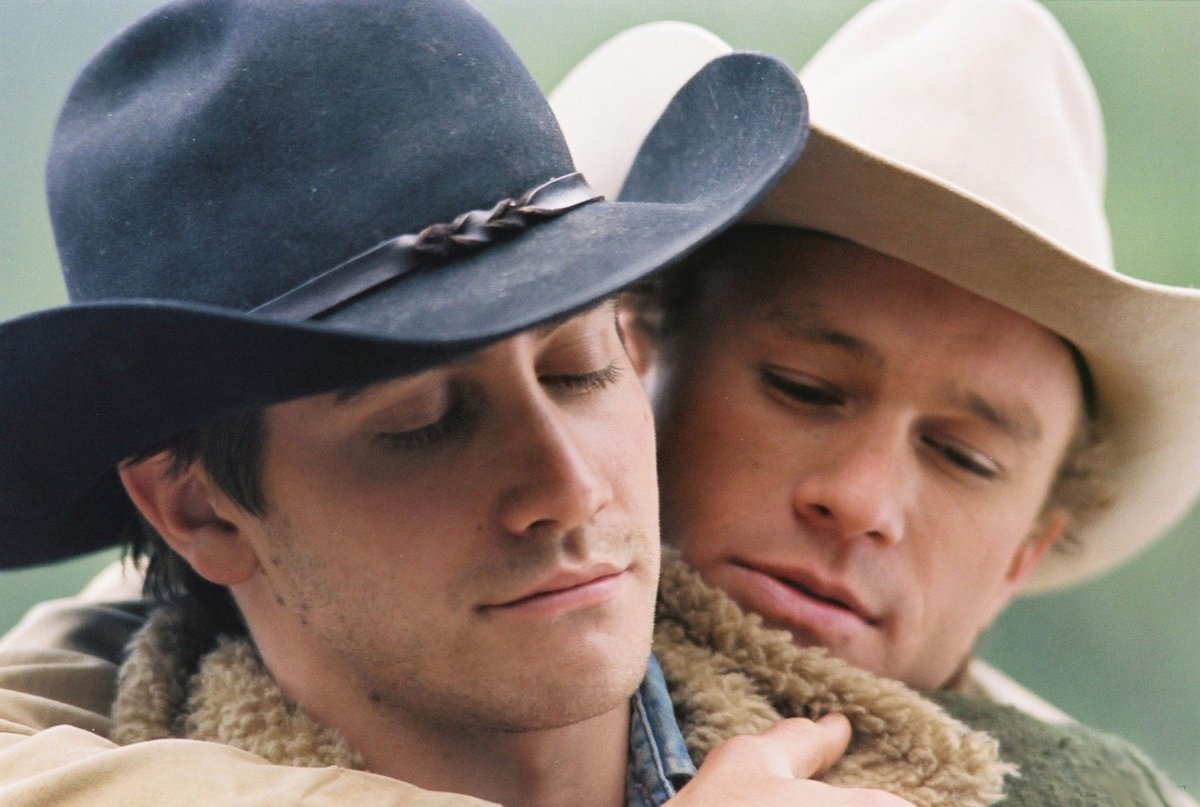
The early ’00s were an ugly time for LGBTQ representation in cinema. Don’t even get me fucking started on the travesty that is the ending of Ace Ventura. Even though “gay” was the butt of every joke at the time, somehow this movie managed to make it through to the mainstream in what I consider to be a cultural miracle. This film is one of the few early mainstream queer films that attempted to portray a gay relationship with a shred of dignity. The story is about gay cowboys, plain and simple. Hollywood hotties Heath Ledger and Jake Gyllenhaal play two tough as nails Wyoming cowhands in the early 1960s, who end up falling in love with one another. The problem is, they can’t square the love that they have for each other with the rest their lives. Be prepared, this movie will make you cry.
Carol
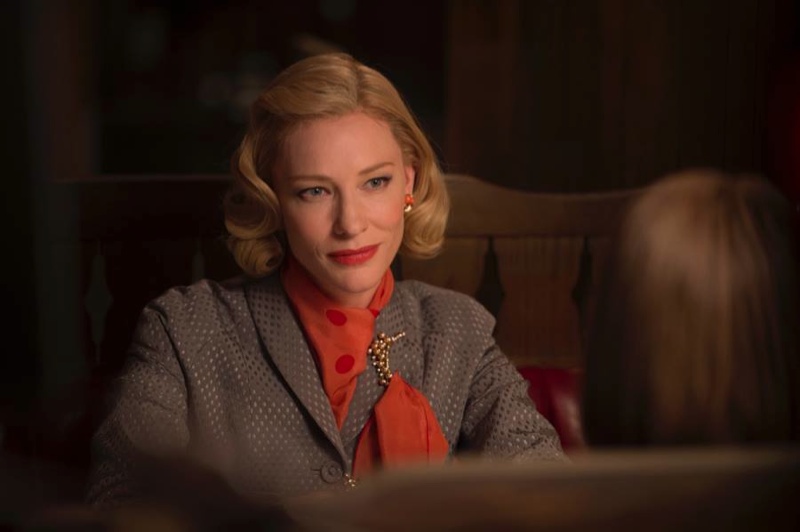
What would this list be without the film that inspired the iconic “Harold, they’re lesbians” meme? Set in the 1950s, the film focuses on an aspiring photographer named Therese Belivet who works at a department store. One day, she meets the elegant Carol while the latter is shopping for her daughter, and the two instantly form a connection. Carol later invites Therese to her house, and their relationship deepens. If you’re a fan of stolen glances, yearning looks, and ridiculous amounts of sexual tension, this is the film for you. It also features one of cinema’s very best “I love you” confessions of all time. You cannot miss this one.
Moonlight
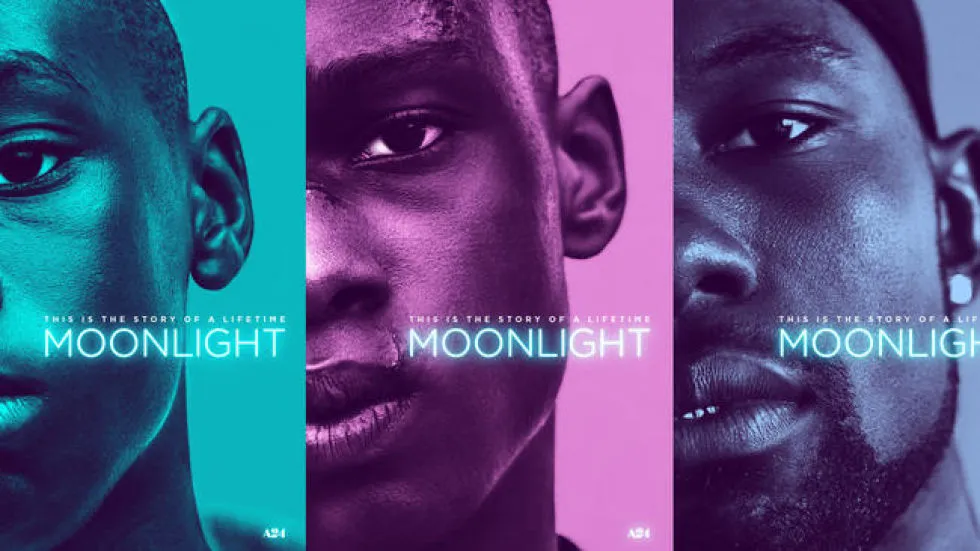
Perhaps the most beautifully shot film on this list, Moonlight is a tender and painful portrayal of the struggles of queer men of color. The film follows the life of Chiron from boyhood to adulthood, centering on key moments throughout his life. These vignettes range from achingly beautiful to horrifyingly violent. We experience Chiron’s first kiss, his fights with his homophobic mother, and his journey of self acceptance. The film is regarded as one of the finest pieces of cinema of the 21st century, and was the first LGBTQ film to win an academy award.
Boys Don’t Cry
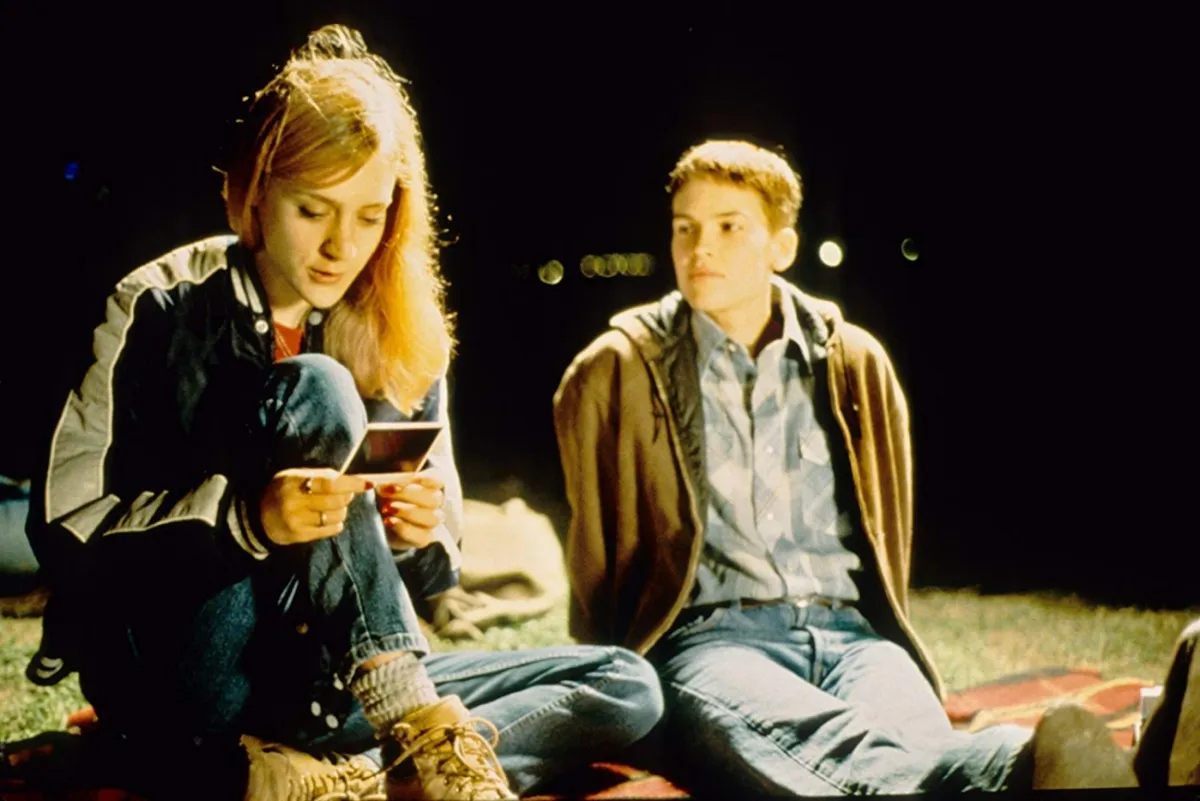
Boys Don’t Cry is a story inspired by the life and death of a trans man named Brandon Teena. The real life Brandon Teena was raped by two men after they discovered he was transgender, and they later murdered him and one of his friends while his girlfriend Lana begged them for mercy. Yes, the film is brutal. However, it is also gorgeous portrayal of queer romance. Brandon and Lana’s relationship is sweet, tender, and ultimately tragic. While some viewers may find the subject matter to be hard to stomach, the film remains a groundbreaking piece of queer cinema. It is worth a watch, even through tears.
Tangerine
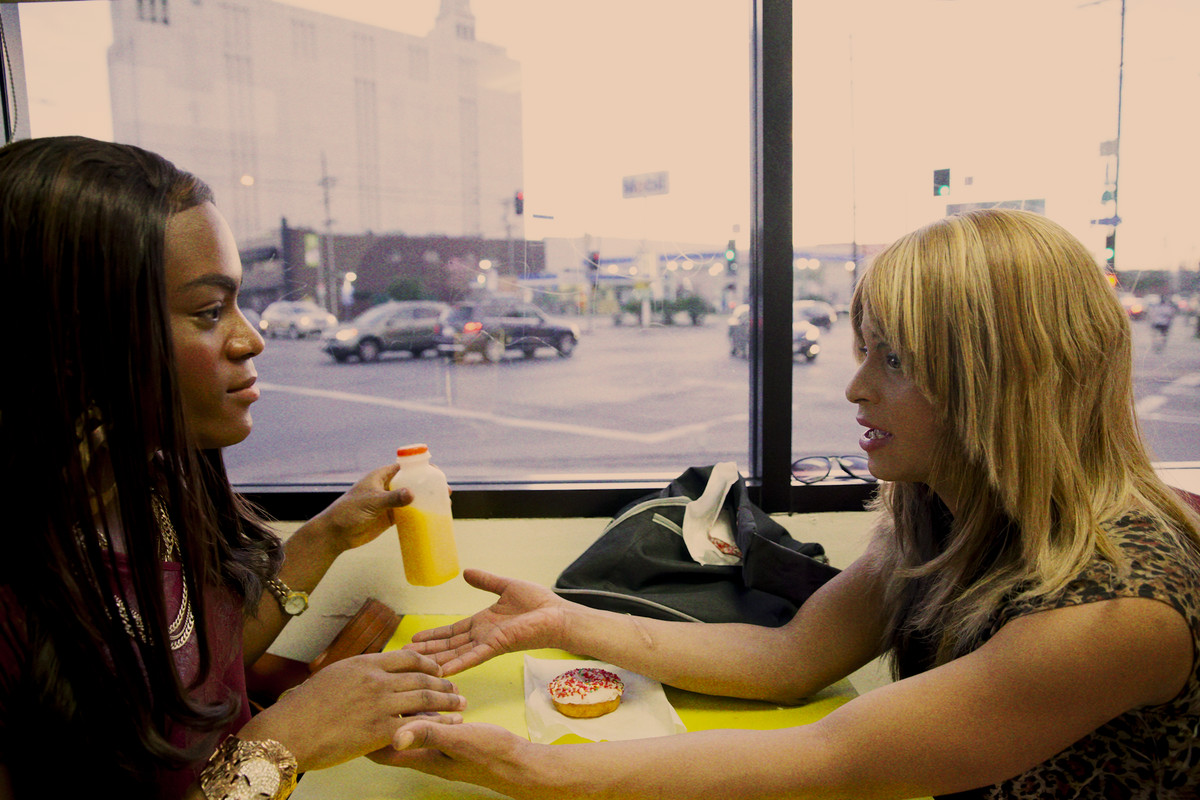
Tangerine is a film about a transgender sex worker named Sin-Dee Rella who is hunting down her pimp’s girlfriend on Christmas Eve. And it’s delightful. The film itself is a comedy shot entirely on entirely on an iPhone camera, which is impressive in its own right. However, it is the performances of Kitana Kiki Rodriguez and Mya Taylor that carry this film to cinematic glory. Their perfomances as Sin-Dee and her best friend Mya are charming, hilarious, and unbelievably tender. The film isn’t afraid to portray to cruel realities that transgender women of color face living in America, but doesn’t overfocus on it either. Primarily the film is about the loving relationship these two women have for each other. If you’re looking for a queer Christmas movie, look no further.
The Matrix
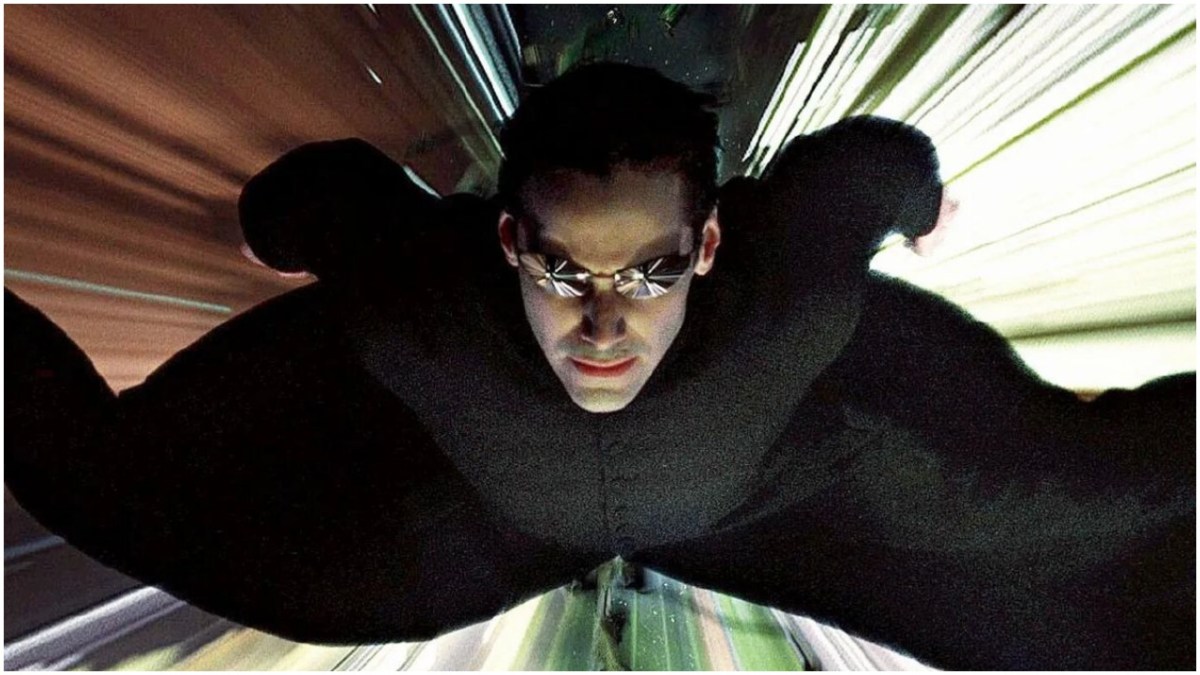
Hot take incoming! While on the surface the 1999 sci-fi blockbuster The Matrix doesn’t seem like a queer film, it totally is. The directors of the film, the Wachowski siblings, have formally stated that The Matrix is a transgender allegory. And it checks out. As a transgender person myself, I get it. The cisnormative world is essentially a “matrix.” It is a flimsy representation of reality, where everyone fits into a neat little package marked “boy” or “girl” that is decided by chromosomes and genitalia. HOWEVER, there are people in this “matrix” that know that something doesn’t quite add up. When one discovers one is transgender, it is not unlike taking the “red pill” and seeing that this cisnormative matrix is not “natural” or “real” but was actually carefully designed by those in power (the machines in the case of the film). The Wachowski siblings knew that the culture of the late 1999s was nowhere near ready for an idea like this, so they cleverly packaged it in a film that audiences were ready for: one about a straight white man fighting robots. Genius.
(Featured Image: Lilies Films/Arte/Hold Up Films)
—The Mary Sue has a strict comment policy that forbids, but is not limited to, personal insults toward anyone, hate speech, and trolling.—
Have a tip we should know? [email protected]
